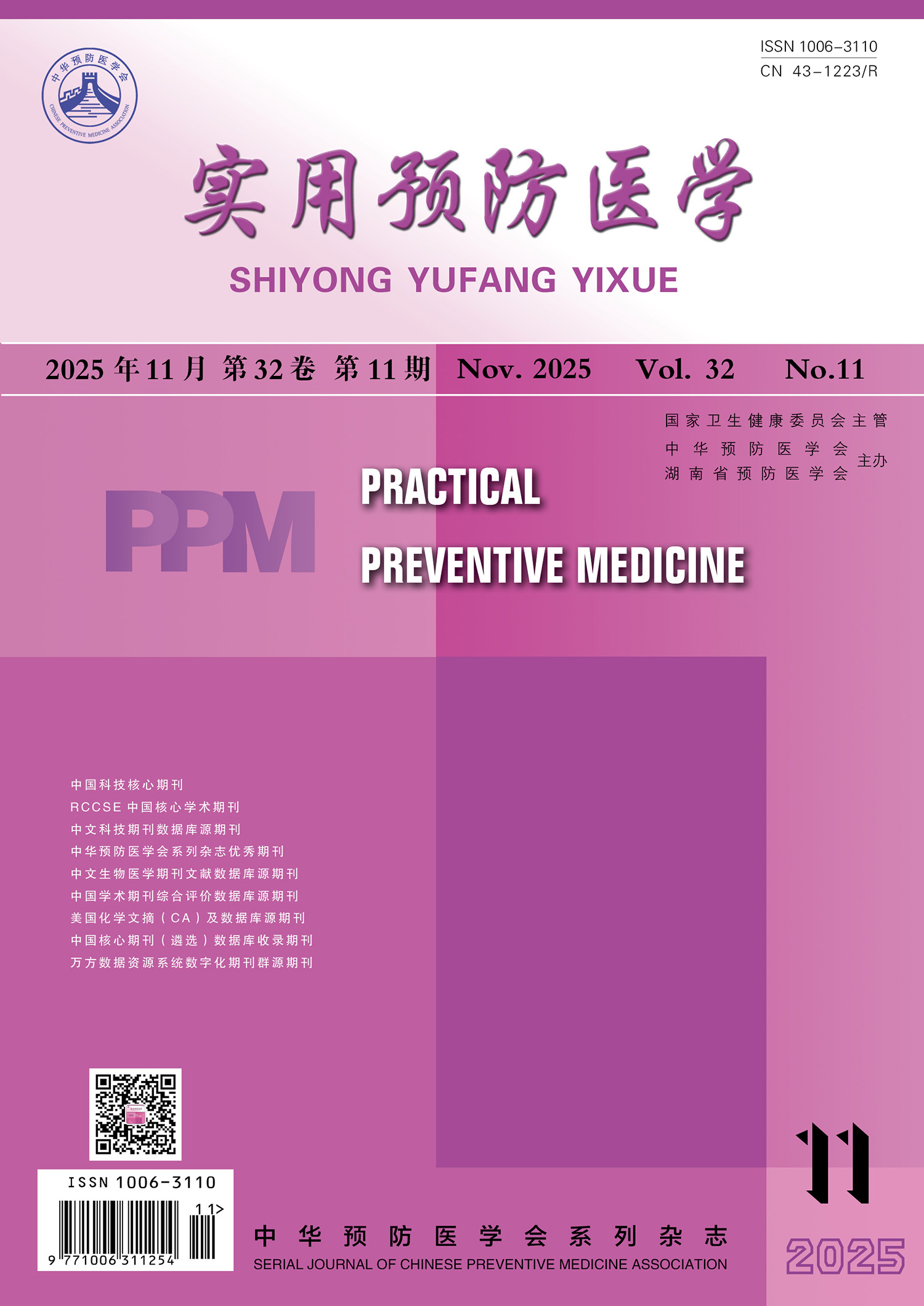
ISSN 1006-3110
CN 43-1223/R
CN 43-1223/R

Online Submission |
Writing Standards
Template |
Copyright Agreement
Current Issue |
Online First |
Archive
Most Read |
Most Download |
Most Cited
